-
 1
1
Case Number : Case 2916 - 09 September 2021 Posted By: Saleem Taibjee
Please read the clinical history and view the images by clicking on them before you proffer your diagnosis.
Submitted Date :
46M Polymorphic rash affecting elbows, lower back and legs since Sept 2020 ?dermatitis herpetiformis ?bullous pemphigoid ?autoimmune bullous dermatosis. History of renal cancer.

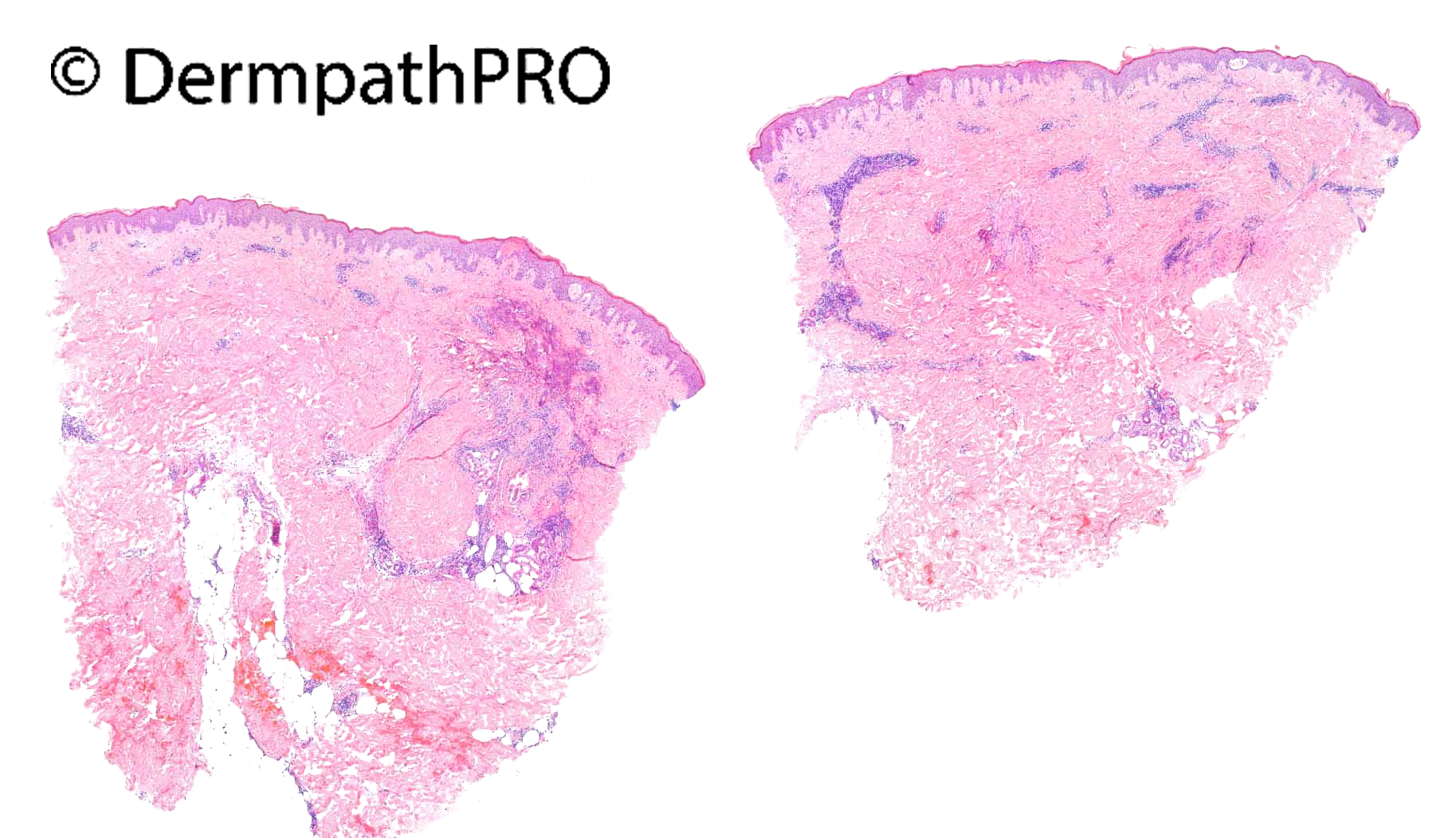
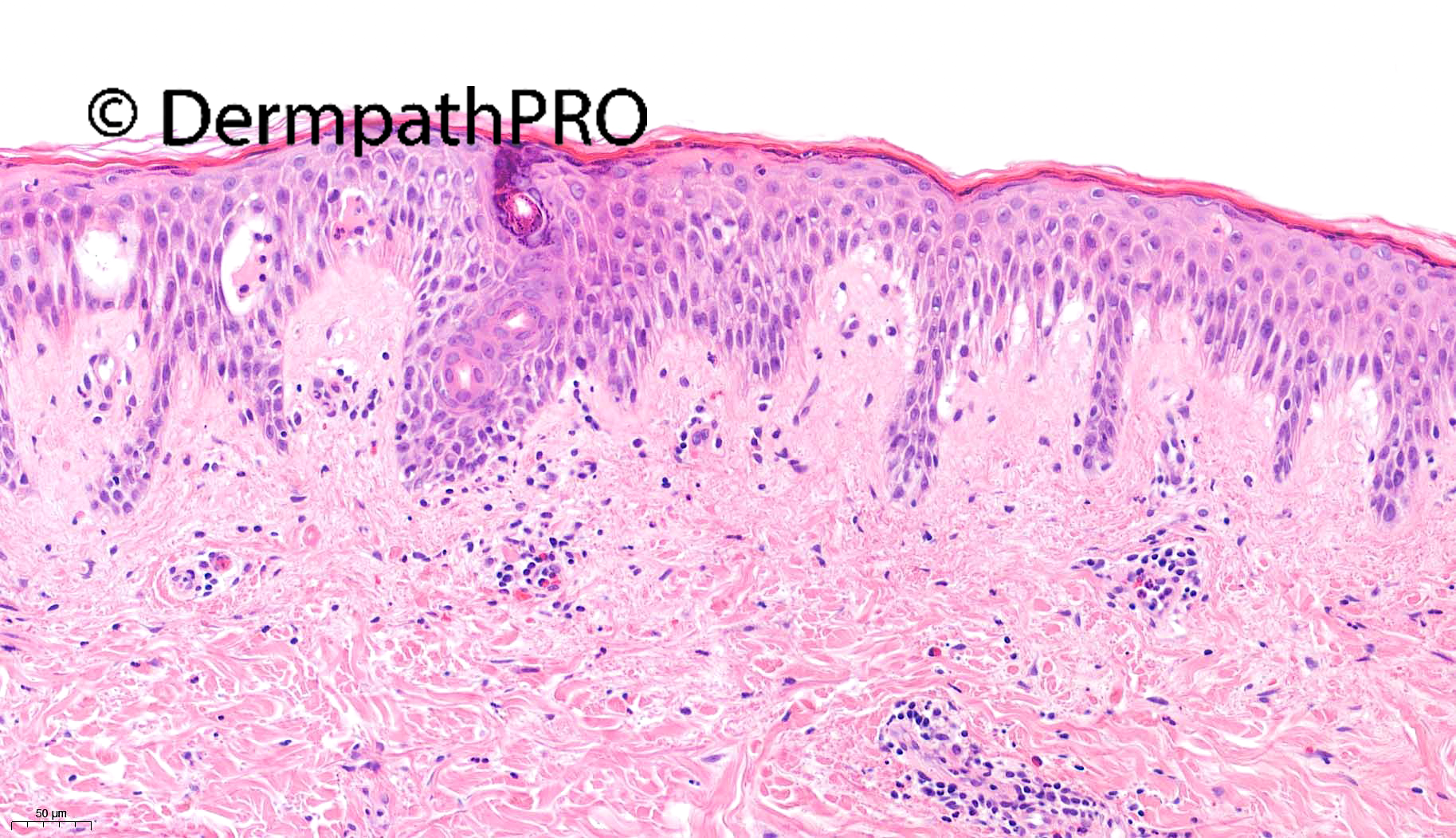
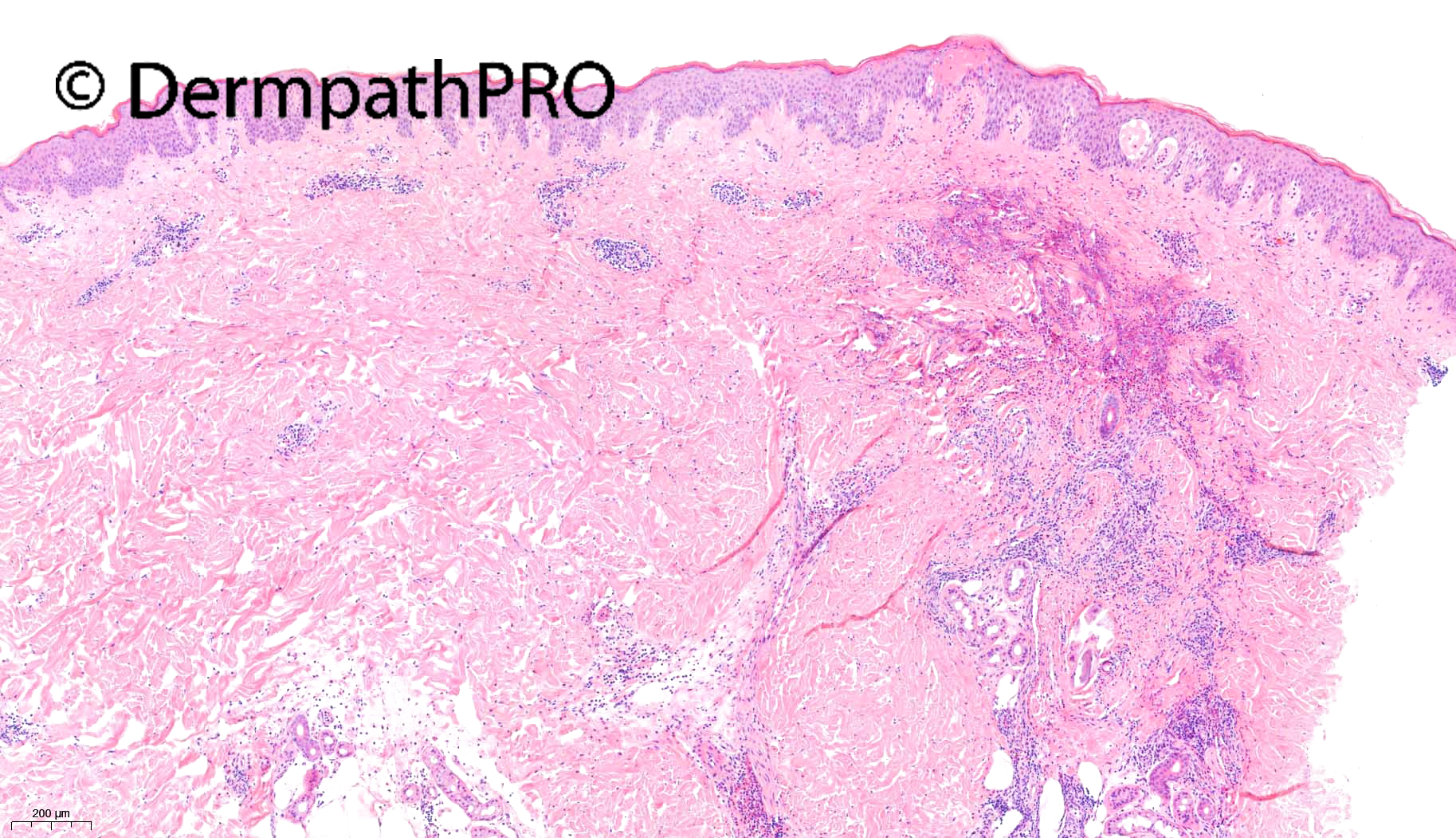
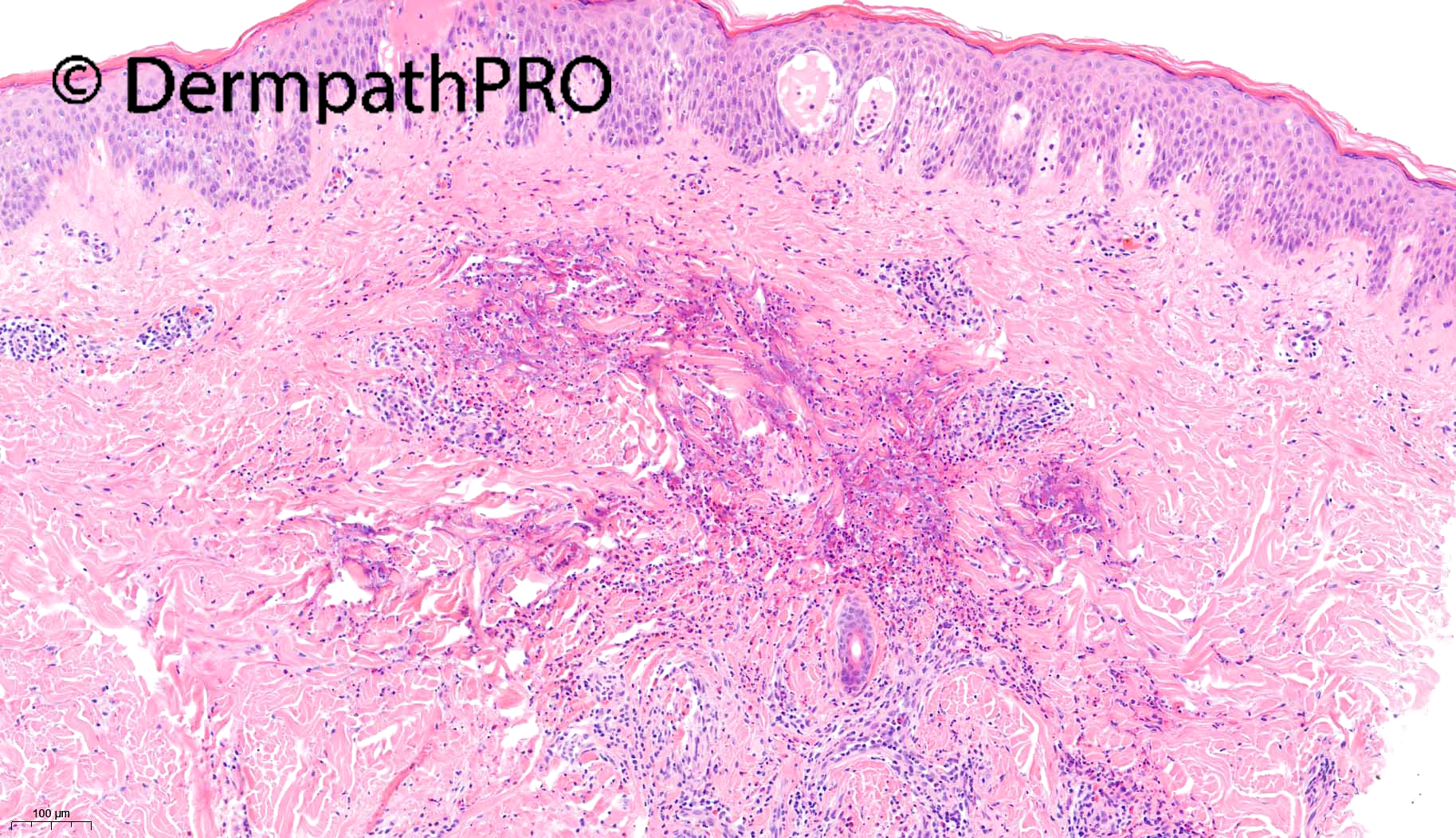
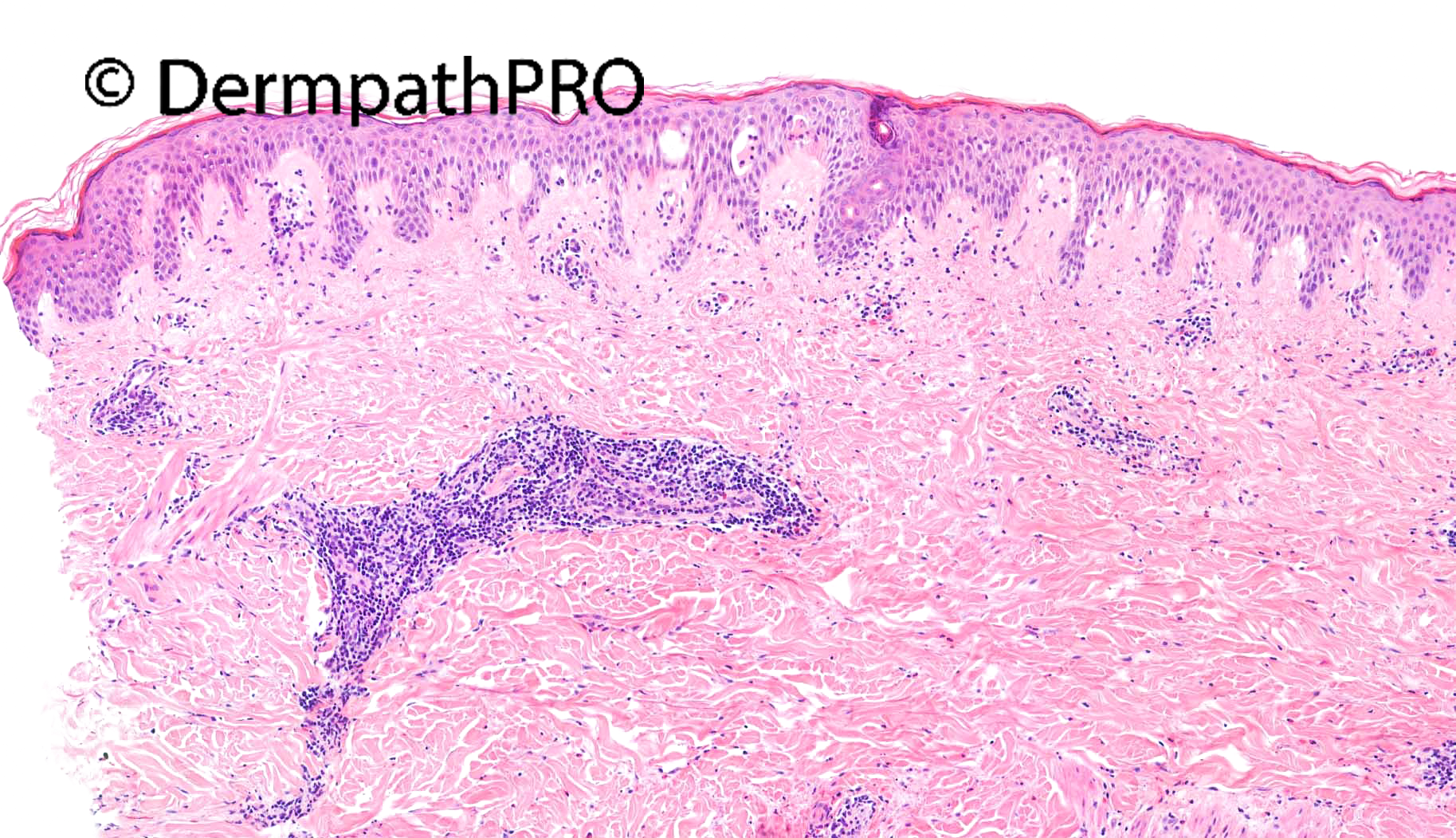
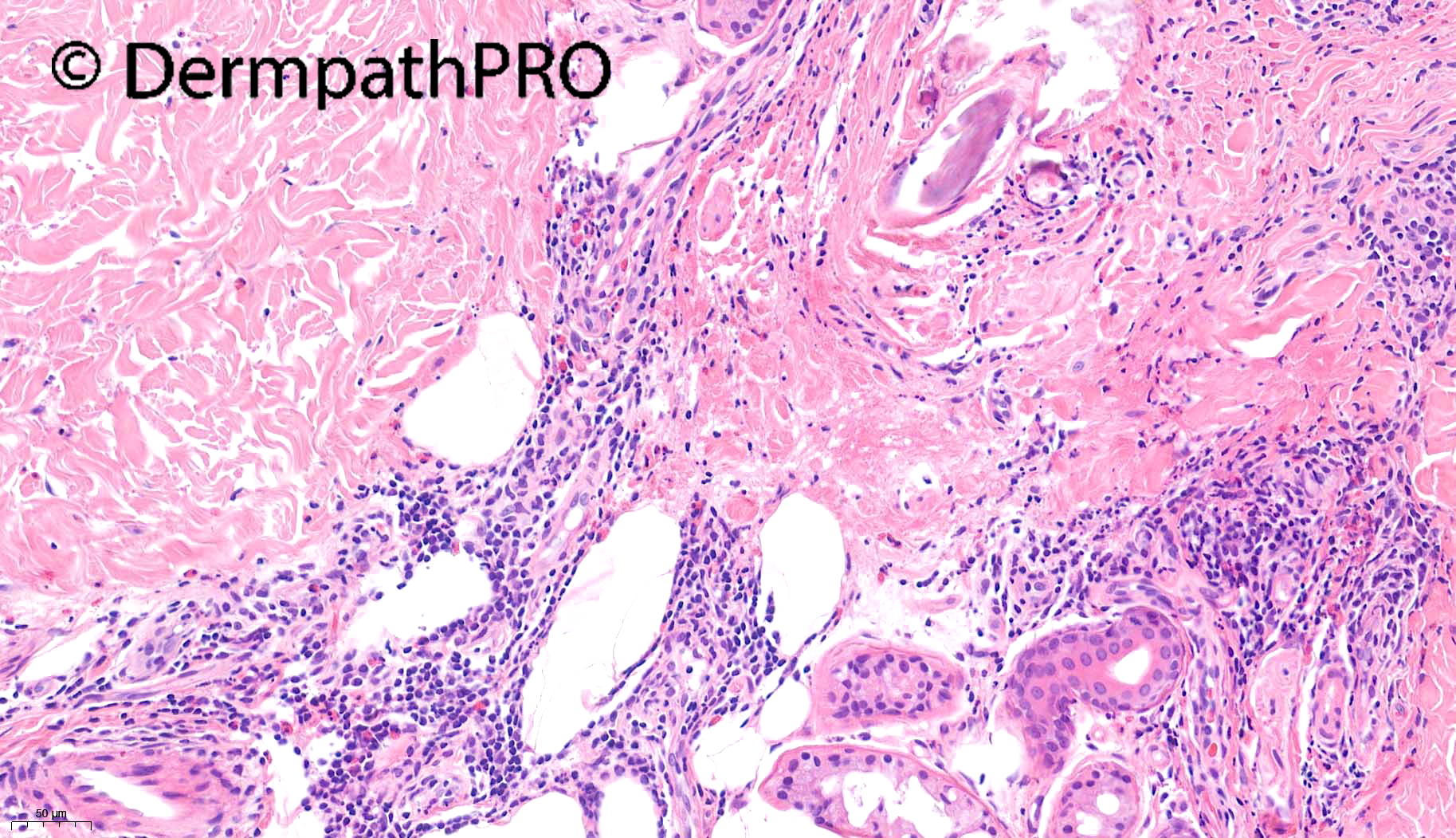
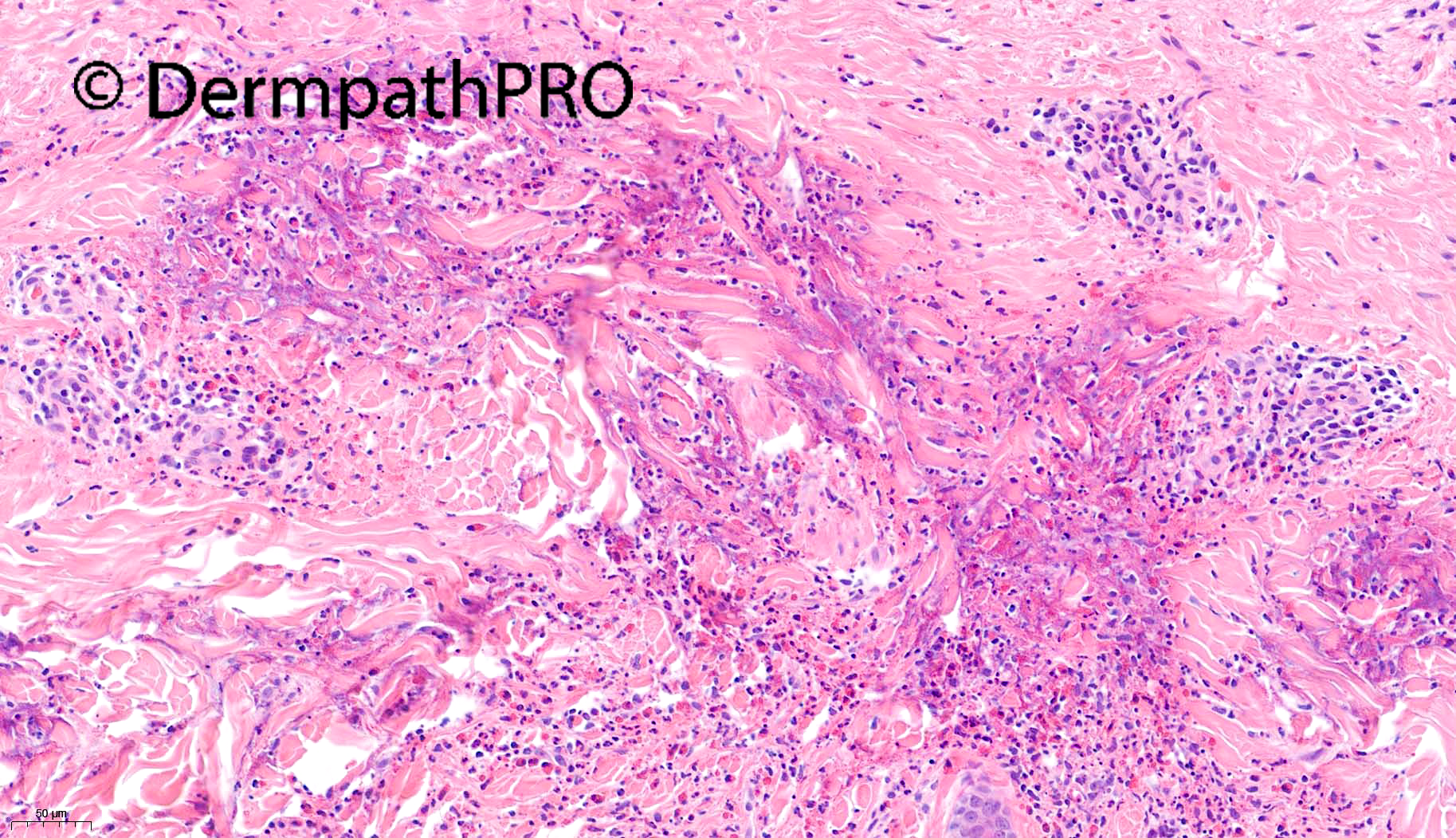
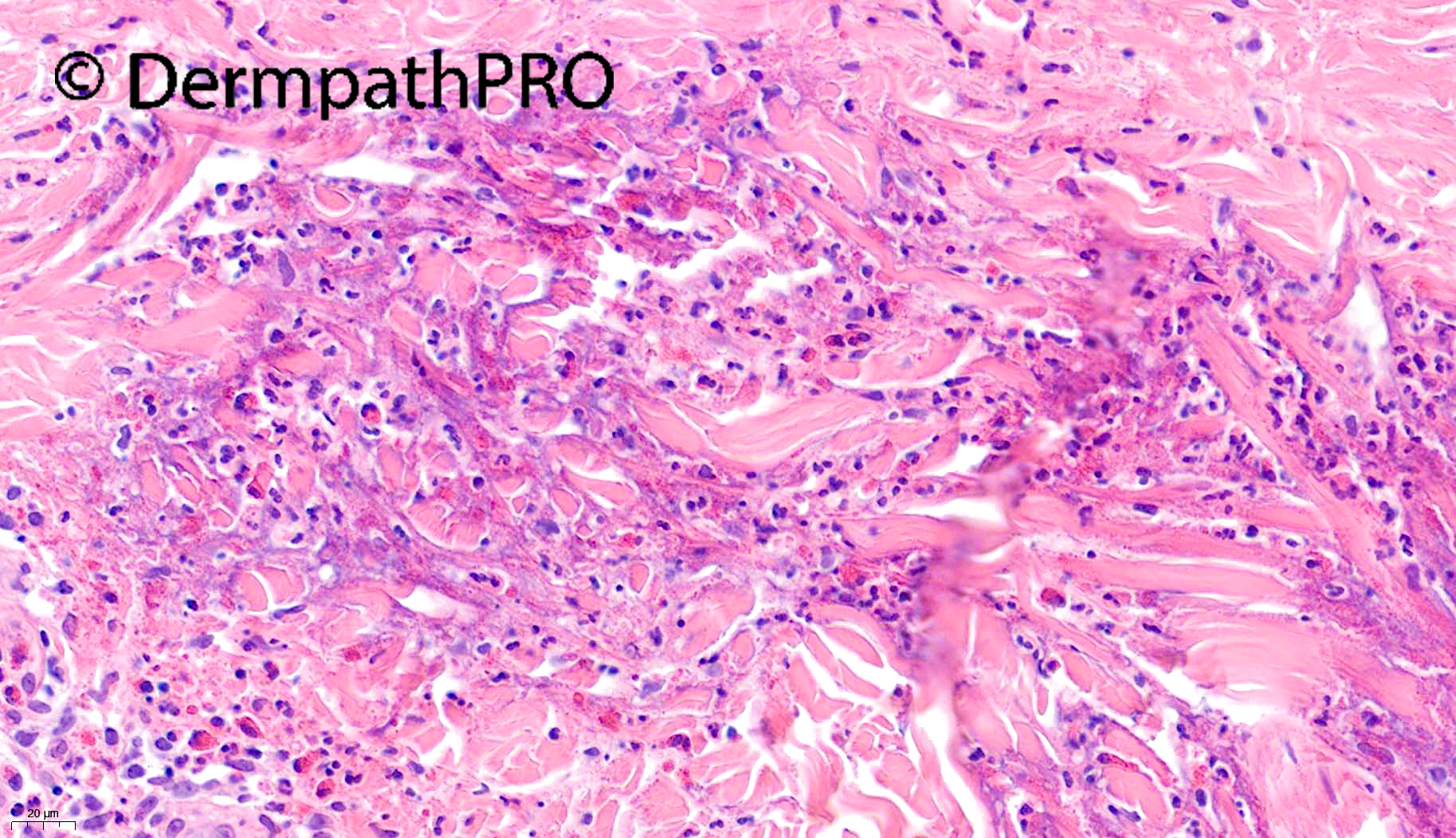
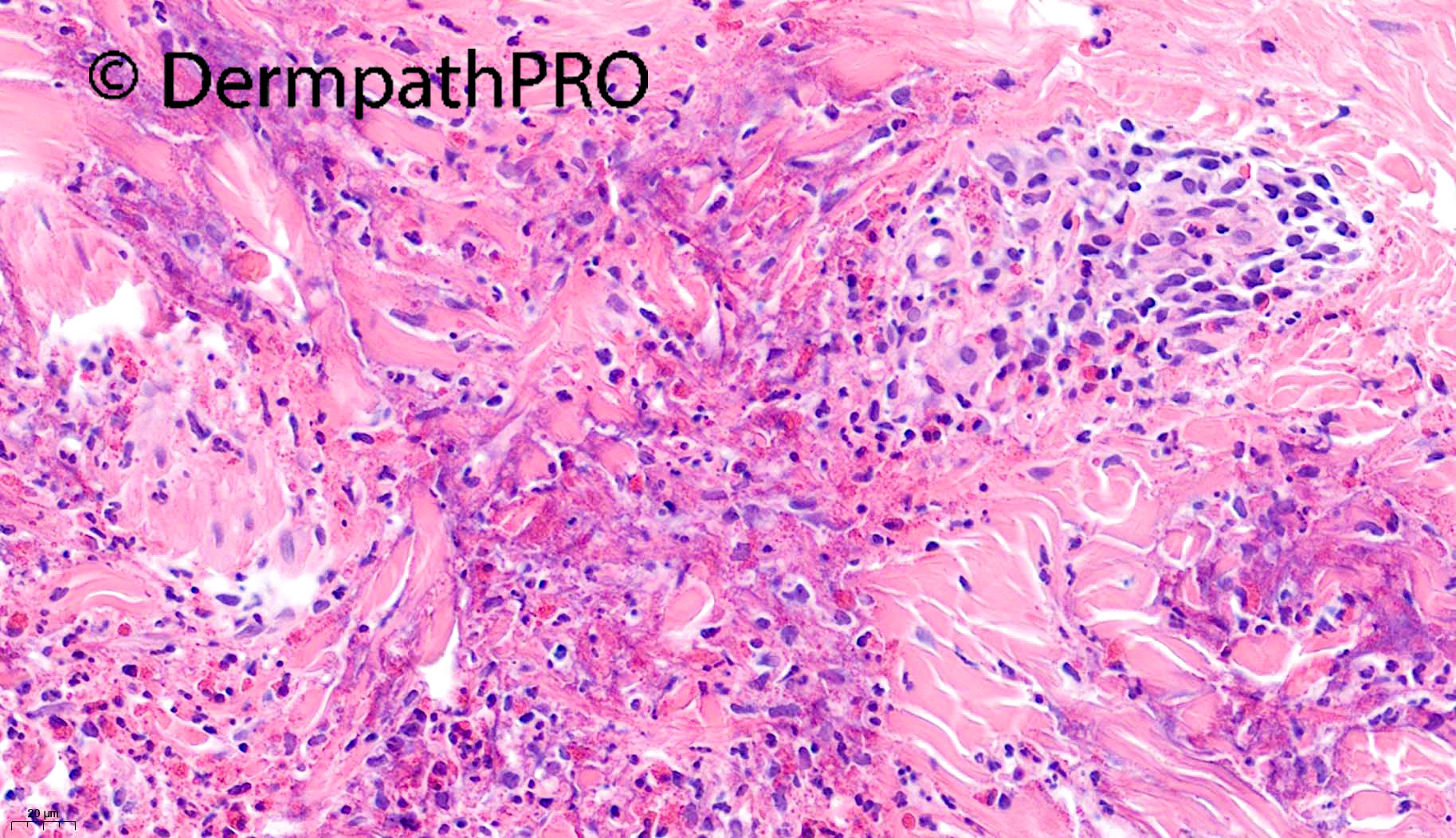

Join the conversation
You can post now and register later. If you have an account, sign in now to post with your account.